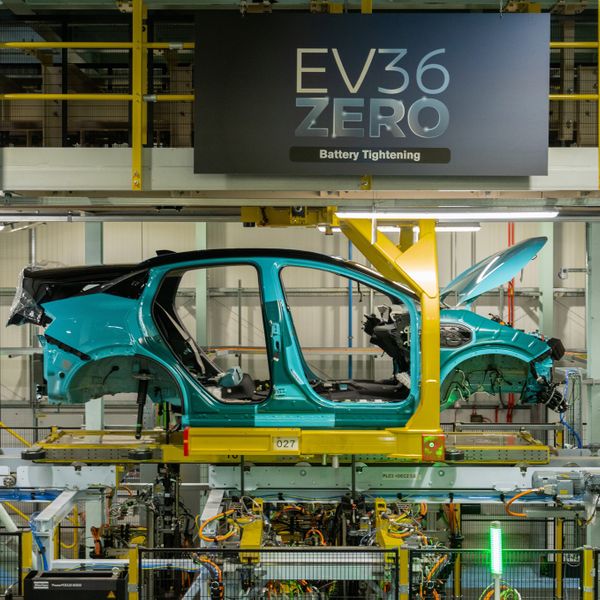Electric cars have meant a big shift in technology, but who would have predicted that it could mean the death of the disc and pad, as makers strive break free of brakes? Traditional stopping tech is becoming obsolete as makers strive to improve efficiency and cut dust emissions.
Models such as the Nissan Leaf and Hyundai IONIQ 5 already feature ‘one pedal’ driving modes, where the electric motor reverses the flow of energy when the driver lifts off the throttle, turning it into a generator to recapture energy. This means the conventional brakes are only ever needed in emergencies.Car makers are now experimenting with models which have smaller brakes and even none at all, and just use the electric motors to stop the car.
Besides saving weight and cost, this will eradicate brake dust from pads and discs. This isn’t just a problem when you are trying to remove it from your wheels at the car wash – it is a major source of urban air pollution.
DS Automobiles is the first maker to say it has developed a prototype electric vehicle that uses only electric motor regeneration instead of conventional brakes. Using technology from the brand’s Formula E race car, the DS E Tense Performance uses two onboard electric motors to slow the vehicle entirely through regenerative braking. Besides slowing the car down, it can generate up to 600 kW of power – the same as a dozen rapid chargers.
Rumours are that Volkswagen also has prototypes running with the rear brakes removed, with the back axle using pure regen to slow the car. The precise control of modern motors is said to be even more responsive than traditional brakes.
.jpg?width=820&height=530) DS is the first to go public with a brakeless electric car
DS is the first to go public with a brakeless electric car 












